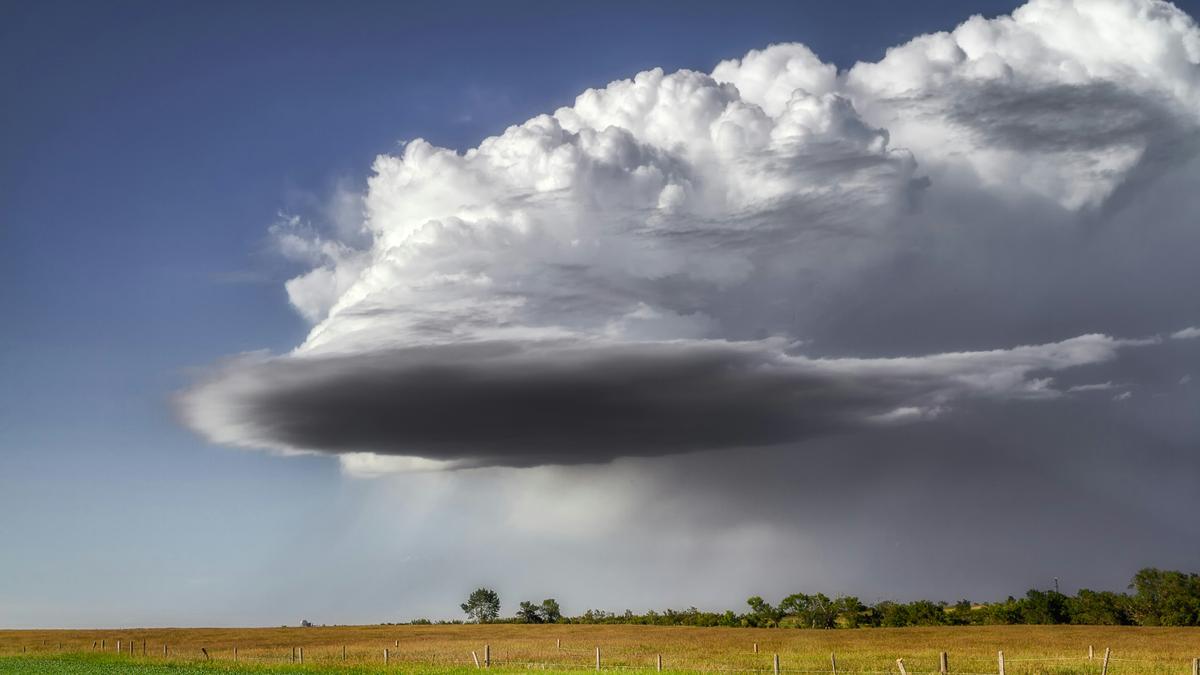Why do cloudbursts cause such sudden and intense rain?
- BySachin Kumar
- 27 Aug, 2025
- 0 Comments
- 2

A cloudburst is a sudden, intense rainfall event that can drench a small area within minutes, often leading to flash floods and landslides. Unlike regular monsoon showers that spread over large regions, cloudbursts are highly localised but extremely powerful.
The India Meteorological Department (IMD) defines a cloudburst as rainfall of more than 100 mm in one hour over an area of about 20–30 sq. km. The World Meteorological Organisation (WMO) uses a similar benchmark: rain falling at 100 mm per hour or more.
But beyond numbers, the science behind a cloudburst lies in thunderstorms. Strong updrafts hold large amounts of water high in the atmosphere. When these updrafts collapse, the water is suddenly released, causing a torrential downpour. In mountainous regions, orographic lifting, when moist air is forced upward by hills, further intensifies the process, making cloudbursts common in areas like the Himalayas.
Though short-lived, their impact can be devastating. Roads, houses, and crops can be washed away in minutes, with the destruction extending beyond the immediate rainfall zone as water flows downstream.
In simple terms, a cloudburst is nature’s sudden release of stored water, powerful, unpredictable, and often destructive.
Tags:
Post a comment
Is India ready for a Four-Day workweek?
- 03 Sep, 2025
- 2
CA Exams in Punjab and Jammu postponed due to Heavy...
- 03 Sep, 2025
- 2
Are trade Wars becoming the new cold Wars?
- 27 Aug, 2025
- 2
Why is Congress bringing Up Trump's Ceasefire claim again?
- 10 Sep, 2025
- 2
World’s highest bridge opens in China!
- 29 Sep, 2025
- 2
Categories
Recent News
Daily Newsletter
Get all the top stories from Blogs to keep track.

















